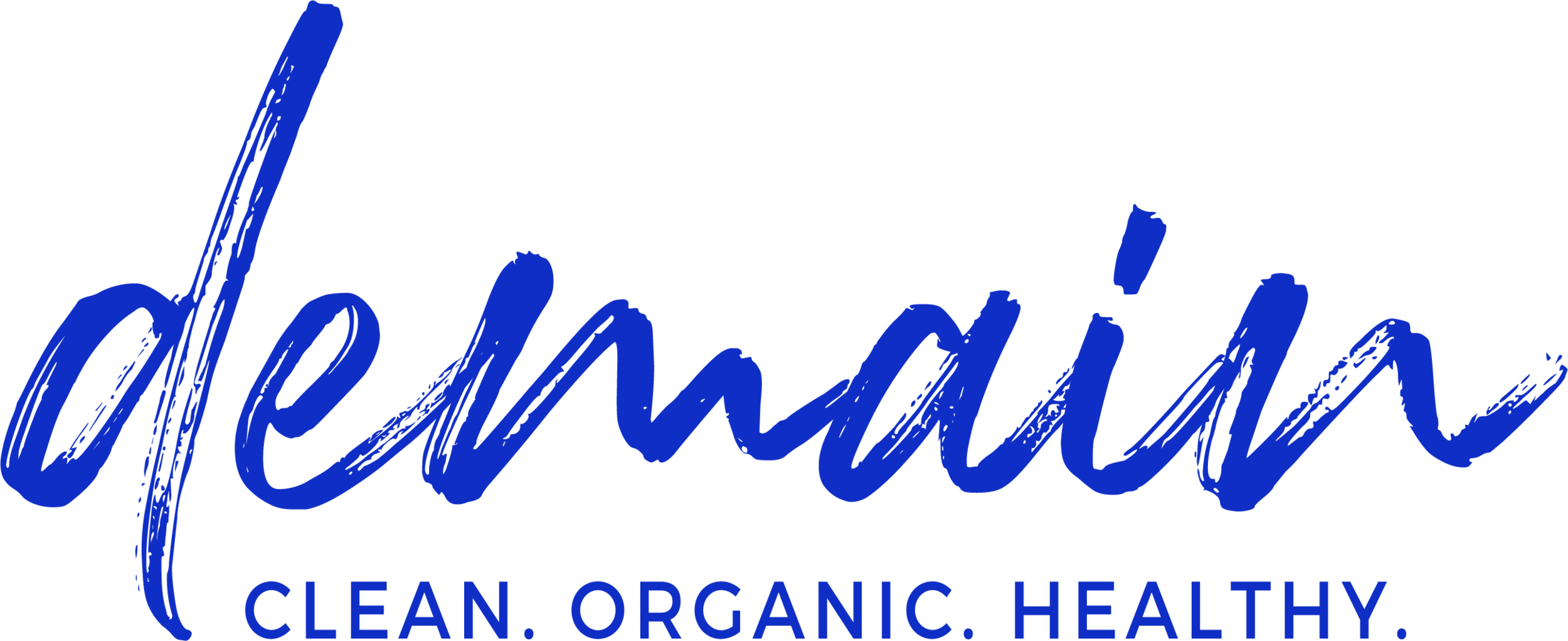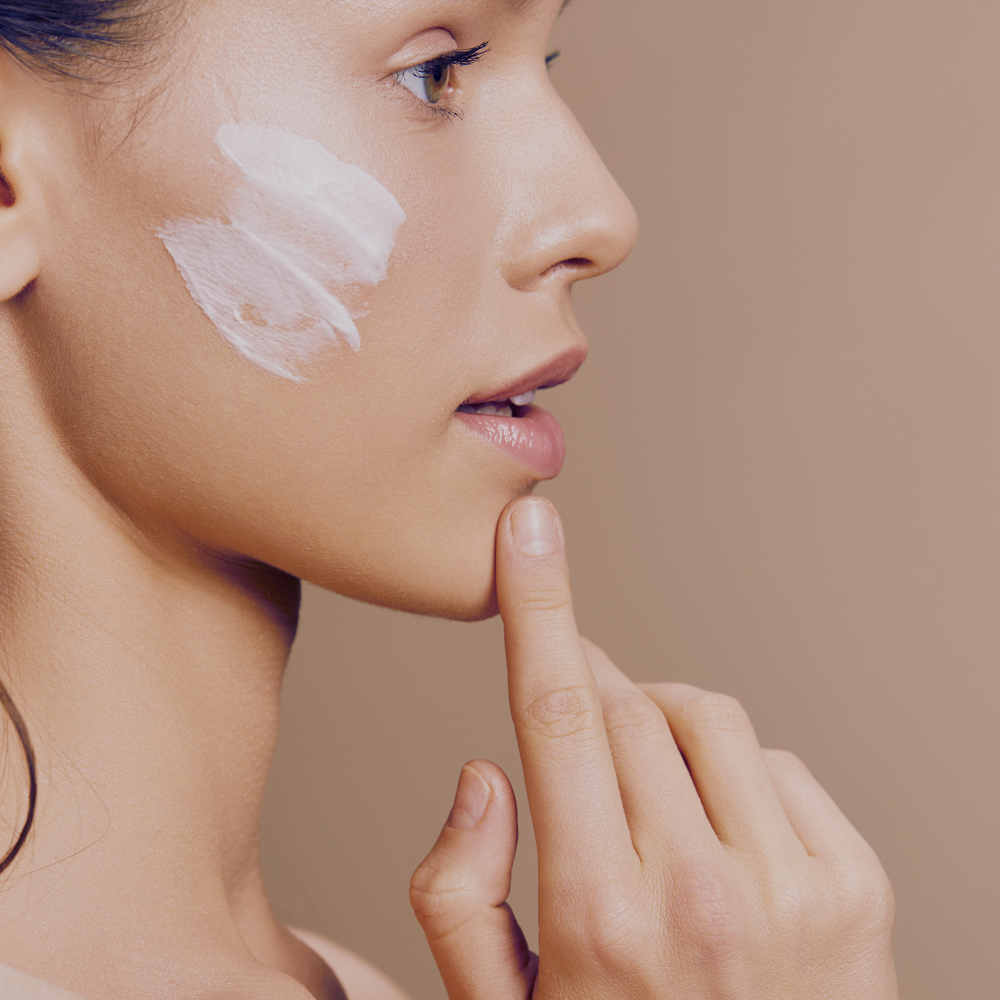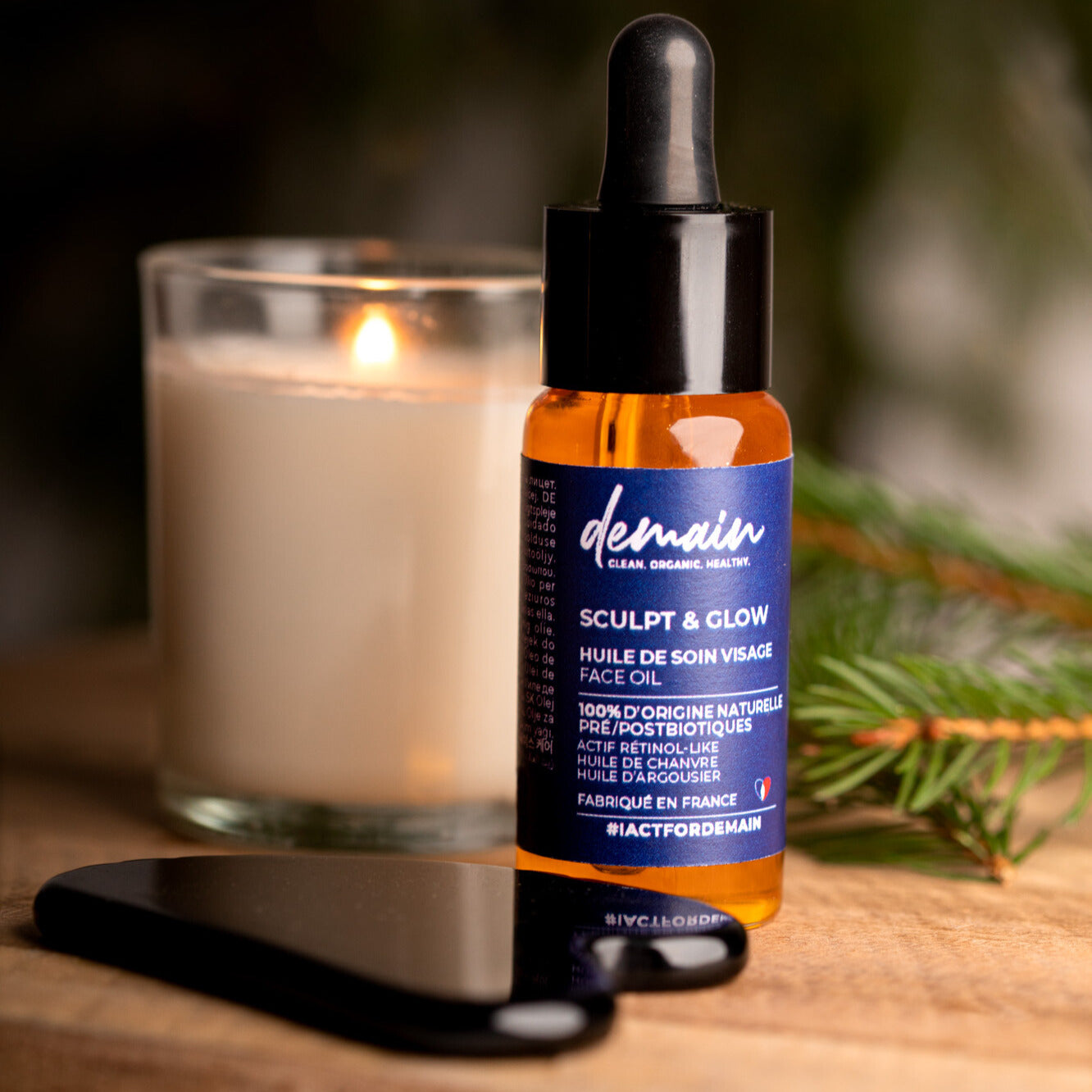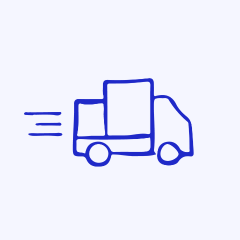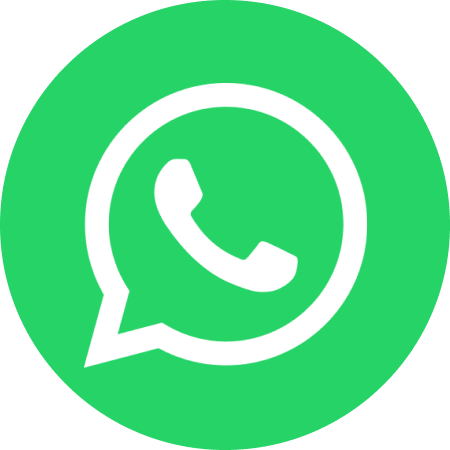With the arrival of winter, facial skin, which is particularly sensitive and reactive, can become red. This can be exacerbated by changes in temperature, stress, or even the consumption of spicy foods and alcohol. Various skin conditions such as rosacea, erythrosis, or couperose can also be the cause. Preventing their appearance requires targeted care and a healthy lifestyle. Find out how to deal with this winter nuisance.
Preventing rosacea: tips and tricks
What causes facial redness?
Facial redness can be caused by a variety of factors. The winter cold is a common trigger. It affects the skin's capillaries, making them more fragile and prone to dilation. This creates visible redness, especially for fair and thin skin. To protect your skin from the harsh cold, use our Go For Protection Facial Cream , specially formulated to strengthen the skin barrier and prevent redness associated with temperature changes.
Other factors include strong emotions, which lead to sudden flushes, and stress, which can worsen existing redness. Consuming hot drinks and alcohol is also known to aggravate this problem.
Certain conditions such as rosacea, erythrosis, and seborrheic dermatitis also contribute to the appearance of redness. To soothe the redness associated with rosacea, Time To Repair Night Cream helps regenerate the skin deep down while you sleep, while reducing inflammation. External aggressions, such as pollution or prolonged sun exposure, accentuate these symptoms.
To reduce them, it is advisable to adopt a suitable beauty routine, favoring creams rich in water to strengthen the skin barrier.
